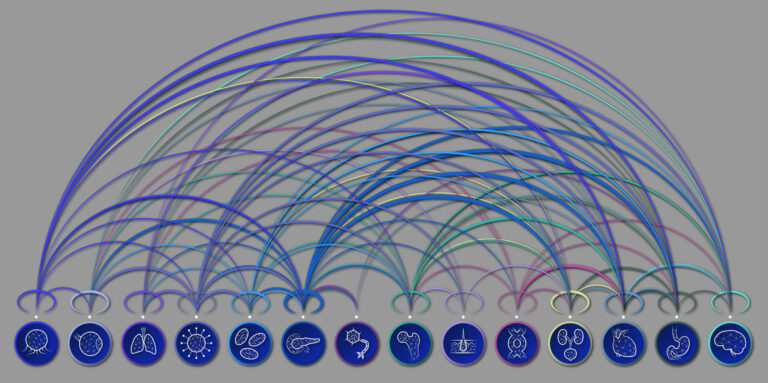Computer Science
Choosing the right scheme for green communications
Performance analysis reveals how different resource allocation schemes may impact the energy efficiency of a cognitive radio system.


These findings have important implications for the design and development of next-generation mobile applications, especially those with a focus on environmental sustainability
© 2015 Alamy
The rapid expansion of wireless internet services and mobile applications has led to the demise of the radio spectrum in many countries, yet power consumption by radios is about half that of mobile devices. Research from KAUST’s Computer, Electrical and Mathematical Science and Engineering (CEMSE) Division shows new efficiencies for radio that could assist green communications.
More efficient use of radio frequencies is offered by cognitive radio systems that automatically detect sections of the spectrum that are unoccupied and use these spare channels to communicate. However, the current technology of spectrum sharing is extremely inefficient and does not consider the spectrum sensing — the component in the cognitive radio system that could detect unoccupied bands.
KAUST Assistant Professor Basem Shihada and co-workers from CEMSE have proposed two resource allocation schemes to utilize the spectrum and reduce energy consumption1. Their performance analysis showed that implementing these schemes could save cognitive radio systems up to 20 joules of energy per bit of spectral information.
Reducing transmission power is a common strategy to improve the energy efficiency of cognitive radio systems, but too great a reduction can reduce the system reliability. Previous research has tried to address this problem by optimizing the power allocation of spectrum sharing through resource allocation schemes. However, no one has examined the impact of soft spectrum sensing and sensing thresholds on overall energy-efficient performance.
Shihada and colleagues decided to quantify the impact of the proposed resource allocation schemes on the power consumption, sensing threshold and quality of spectral information of a cognitive radio system through numerical simulations. They considered two schemes that are based on spectrum sharing, one using a channel-inversion power policy and the second using calculus of variation theory.
Their performance analysis showed that in comparison to current benchmarks, the scheme using channel-inversion power policy could save up to 15 joules of energy per bit of spectral information. However, its performance was still inferior to the scheme using calculus of variation theory, which could save an additional five joules of energy per bit of spectral information.
Shihada called the scheme using channel-inversion power policy and the scheme using calculus of variation theory “sub-optimal” and “optimal” schemes, respectively. The findings have important implications for the design and development of next-generation mobile applications, especially those with a focus on environmental sustainability.
The study also paves the way for the quantitative investigation of the energy efficiency of information and communications technologies. “Our numerical simulations revealed a novel resource allocation scheme for energy-efficient cognitive radio systems,” Shihada said.
References
- Alabbasi, A., Rezki, Z. & Shihada, B. Energy efficient resource allocation for cognitive radios: A generalized sensing analysis. IEEE Transactions on Wireless Communications 14, 2455–2469 (2015). | article
You might also like

Computer Science
Sweat-sniffing sensor could make workouts smarter

Computer Science
A blindfold approach improves machine learning privacy

Computer Science
AI tool maps hidden links between diseases

Bioscience
The theory of everything that wasn’t

Computer Science
A new path to high-efficiency micro-LEDs

Computer Science
Cyclones meet their mathematical match

Applied Physics
Onward and upward to smaller faster devices

Computer Science



